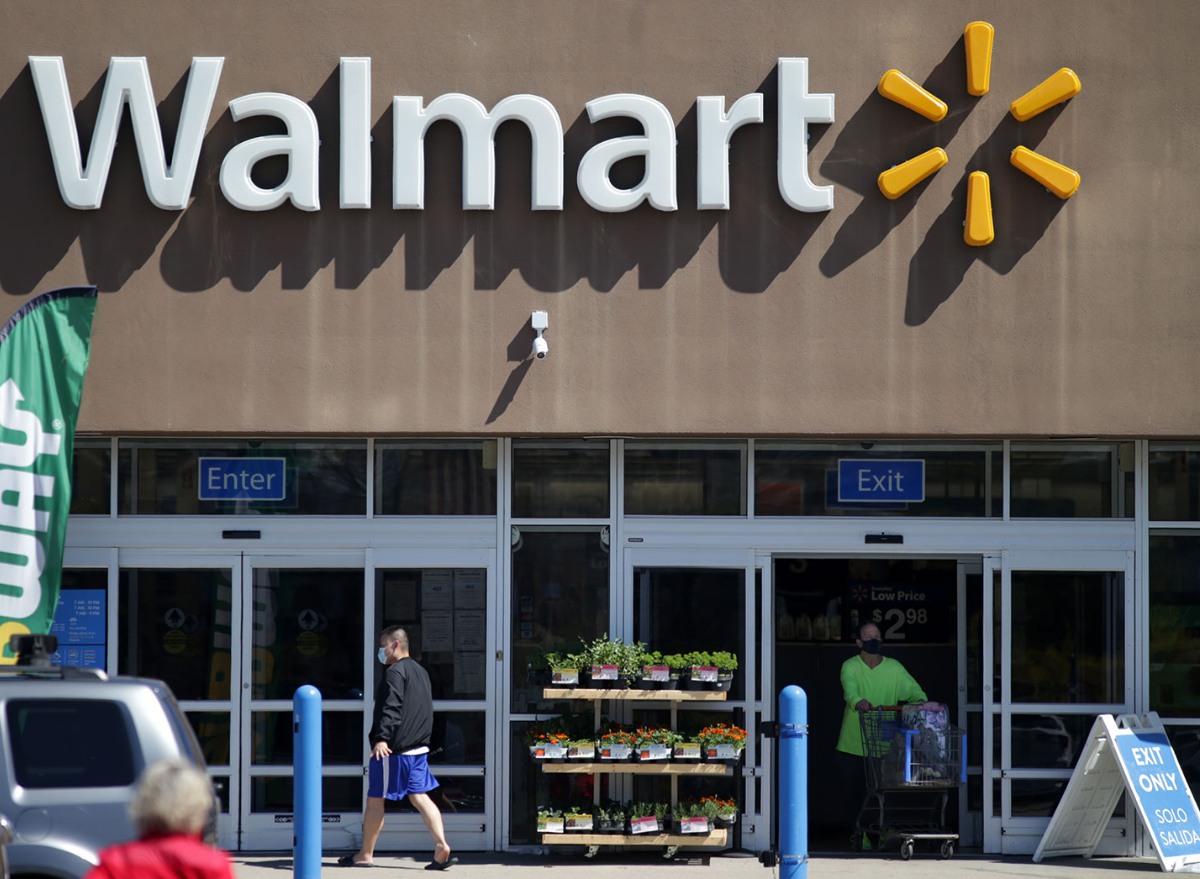5 Reasons Shopping at Walmart Will Never Go Back to Normal
As supermarkets roll back pandemic era rules, in-store grocery shopping is slowly beginning to resemble the early months of 2020 (aka the days before pasta and toilet paper shortages). But much has changed in the past year, and we’re starting to get our first glimpse of what the new “normal” could look like at major retailers like Costco and Walmart.
Speaking of Walmart, CEO John Furner recently outlined some reasons why shopping at America’s #1 largest grocery chain will never go back to normal. Read on to discover how your routine may change, then stick around for the 6 Best Groceries to Buy at Walmart Right Now.
More customers are embracing pickup and home delivery.
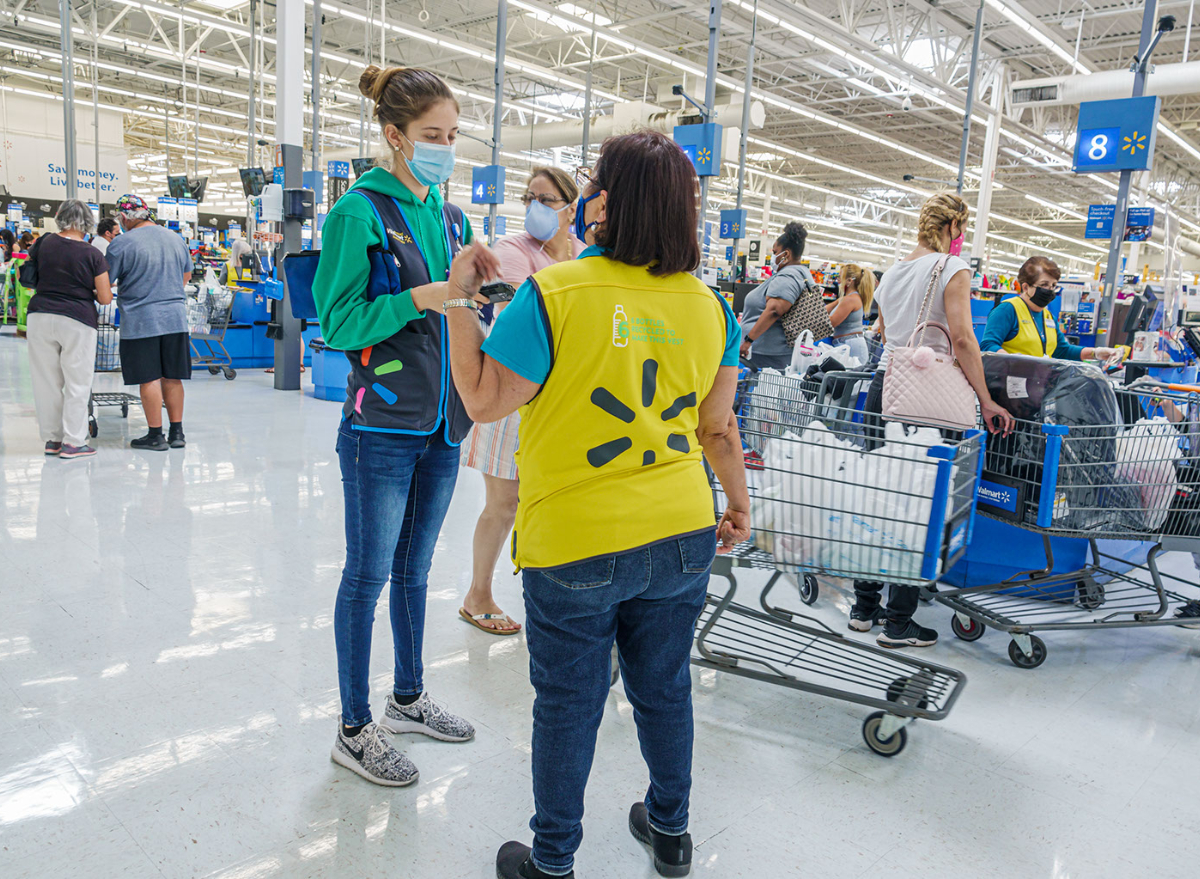
Even though customers are returning to stores, Furner says Walmart isn’t pulling attention away from its online marketplace.
“What happened last year for Walmart, we probably skipped about four years worth of change, evolution, transformation, growth—whatever we’d like to call it—in the e-commerce space,” Furner said at the National Retail Federation’s NRF Retail Converge conference, according to Supermarket News. “. . . And there’s been a steady shift from a combination of in-store shopping to in-store shopping and pickup and in-store shopping and delivery to home.”
Related: To get all of the latest Walmart news delivered right to your email inbox every day, sign up for our newsletter!
Your Walmart order may be delivered by a drone.
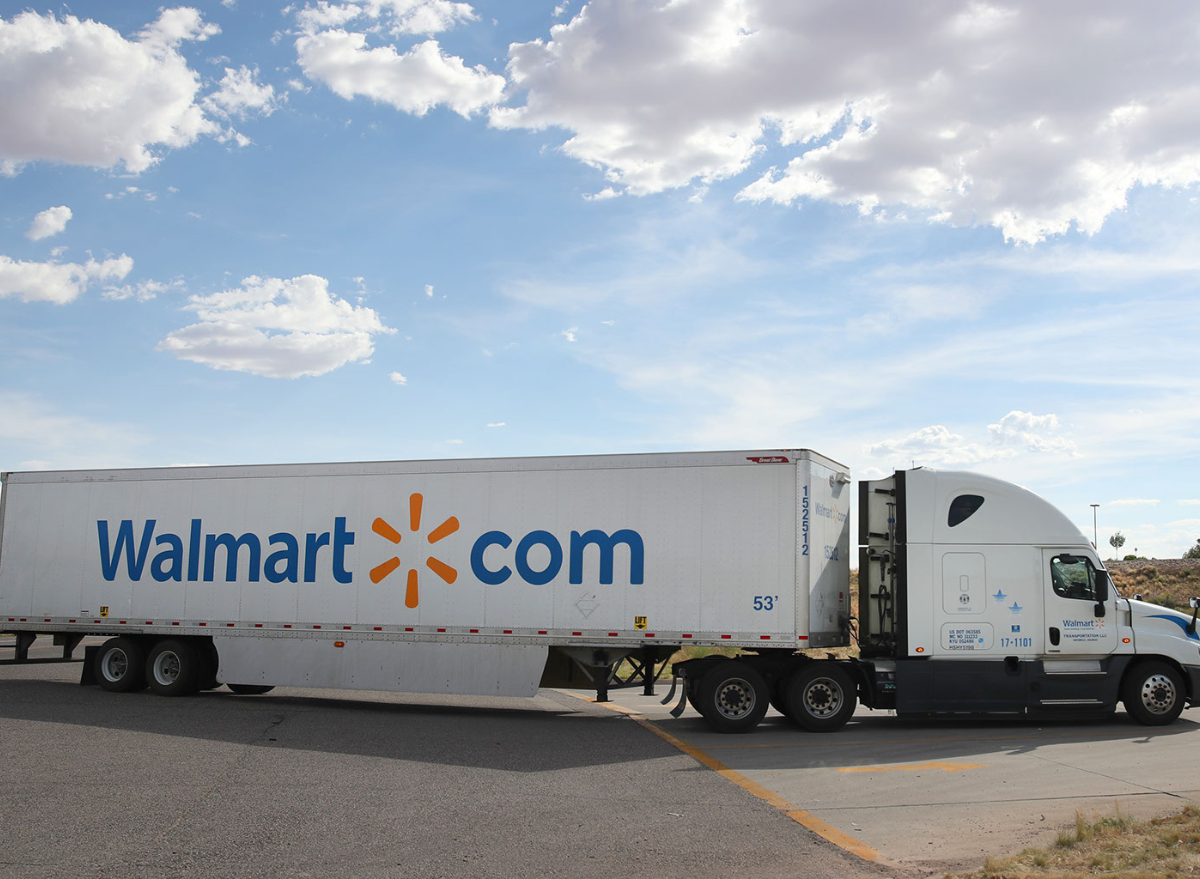
“We’ve got a store footprint that’s up to about 4,700 locations,” Furner added. “The supply chain is able to serve fulfillment centers and stores. Stores are now acting not only as a store but as a fulfillment center in some ways, because we’re able to pick orders for pickup, for delivery InHome for Walmart+ members, and for e-commerce.”
Another part of the equation? Drones. Walmart tested delivering COVID-19 tests to customer doorsteps via drone during the pandemic, and it subsequently invested in DroneUp.
Those toilet paper shortages are hopefully behind us.
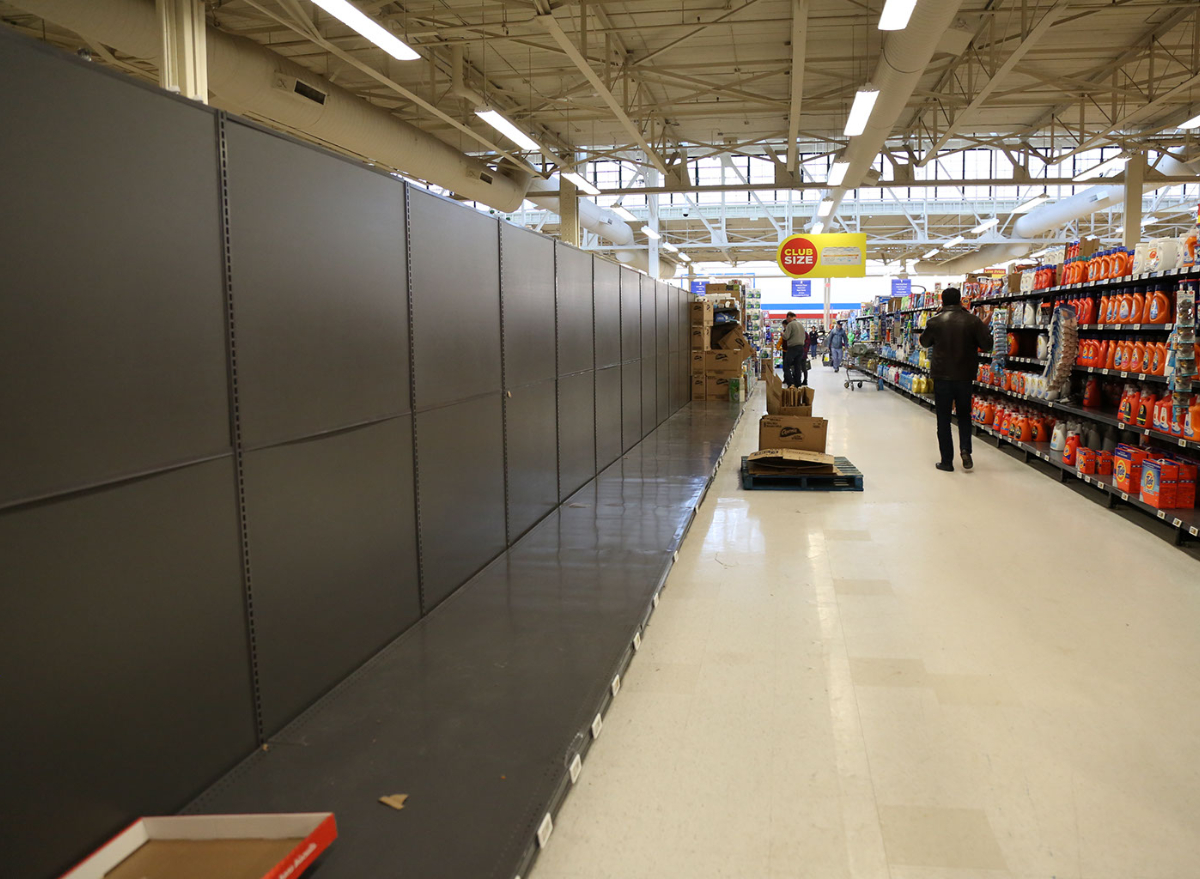
There hopefully won’t be any toilet paper shortages—at least any time soon. Moving forward, Walmart is making key investments in its supply chain to make it more dynamic.
“We’re investing in our supply chain in a big way over the next few years,” Furner said. “Not only in the physical supply chain but also about how our supply chain can be more dynamic.”
These investments, which include a $350 billion commitment to U.S. manufacturing, should have a positive impact on customer fulfillment.
“I think over the next few years, you’ll see supply chains become more dynamic and the timeline from idea to delivery speed up,” Furner added.
There will be fewer McDonald’s restaurants inside Walmart stores.
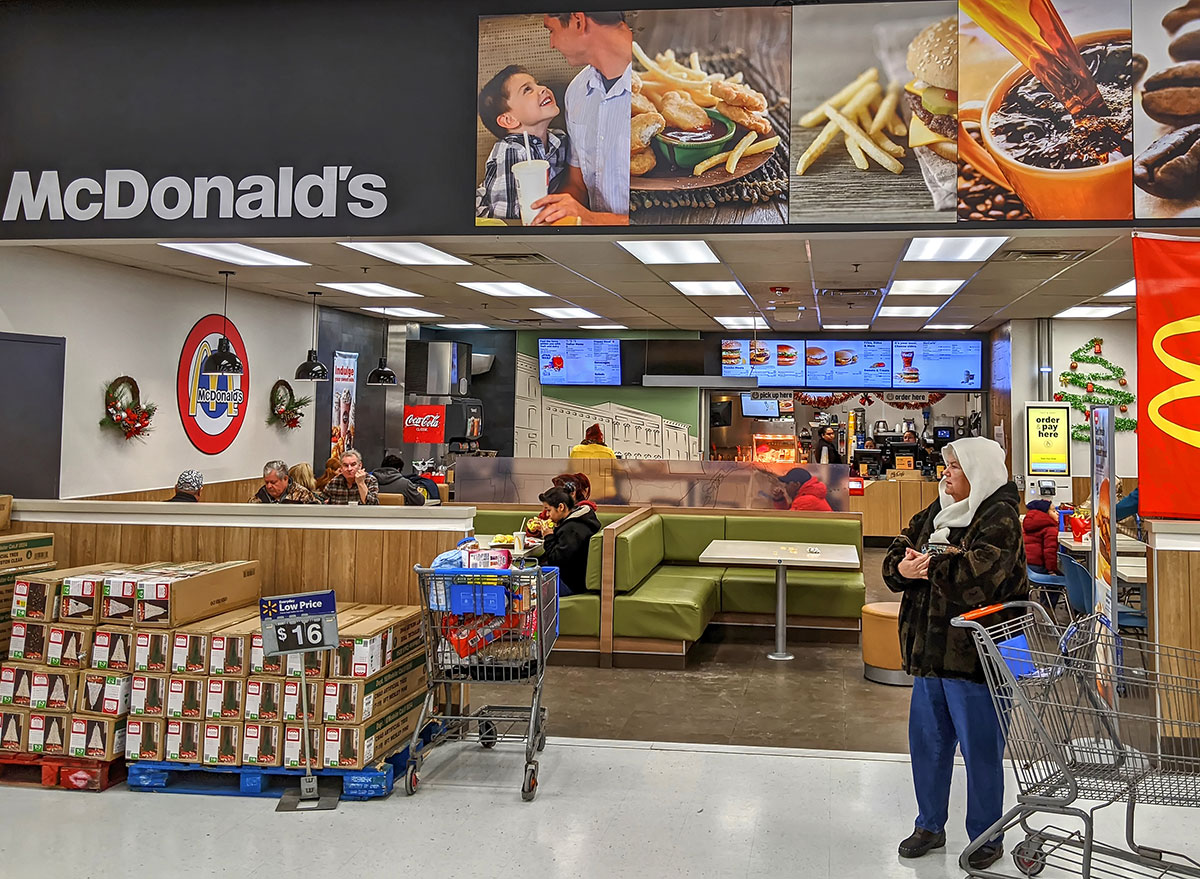
Only about 150 McDonald’s restaurants remain inside Walmart stores, according to estimates. To put things into perspective, there used to be 875.
The decline began over a decade ago, but the pandemic didn’t help matters. Now, other fast-food chains are replacing the outgoing McDonald’s locations. Expect to see Domino’s, Saladworks, Taco Bell, and more eateries in their place.
Be on the lookout for more Rollbacks and price cuts.
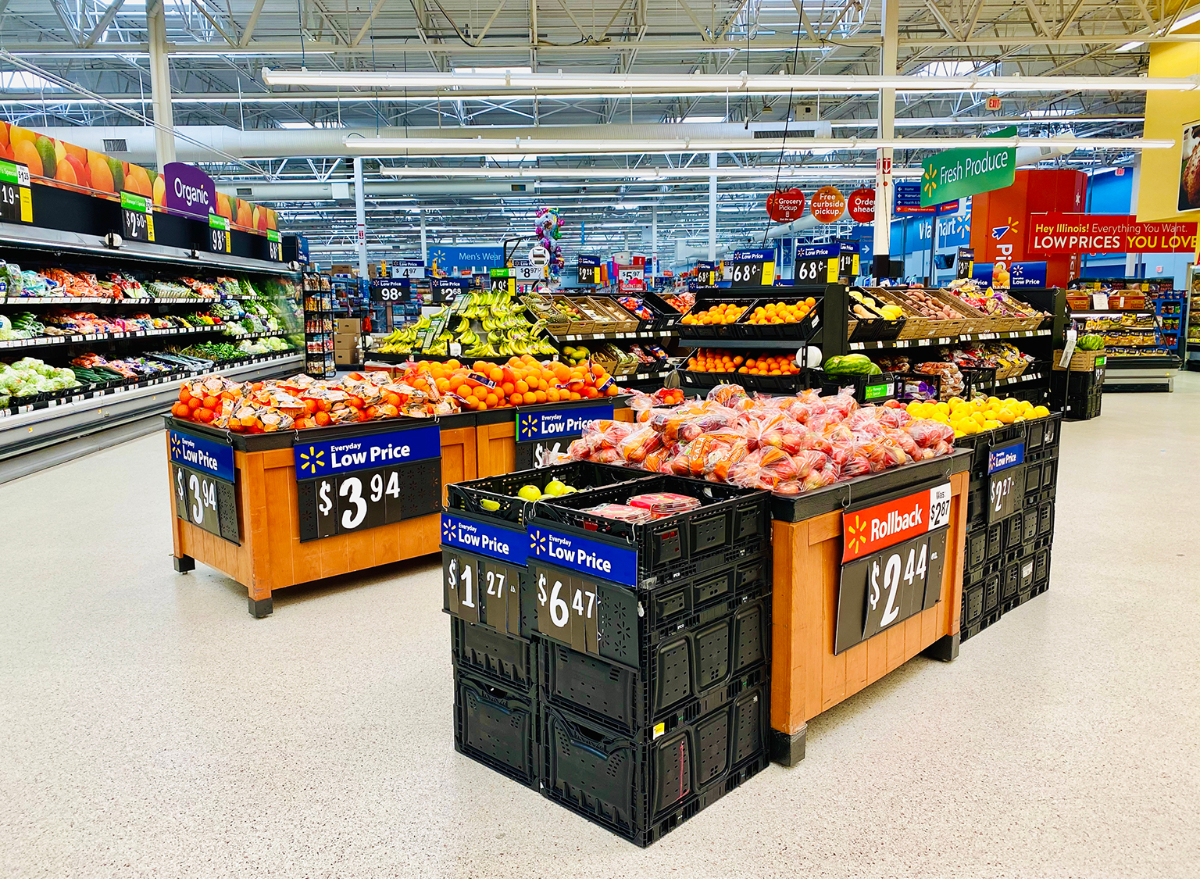
Could the “end” of the pandemic bring lower prices with it? In May, Furner said Walmart would keep up its strategy of offering up more Rollbacks and price cuts on the items shoppers want as they venture outside of their homes and into the summer sun.
To lure customers back inside stores, Walmart is marking down all kinds of summer staples. Prices on items such as cotton T-shirts, outdoor grills, teeth-whitening kits, and more have been rolled back so far. Hello summer, and hello savings!
For more on Walmart, check out this reading list:
- 14 Best Ways to Save Money at Walmart
- 17 Surprising Foods You Can Buy at Walmart
- This Major Walmart Rumor is False, Company Says
